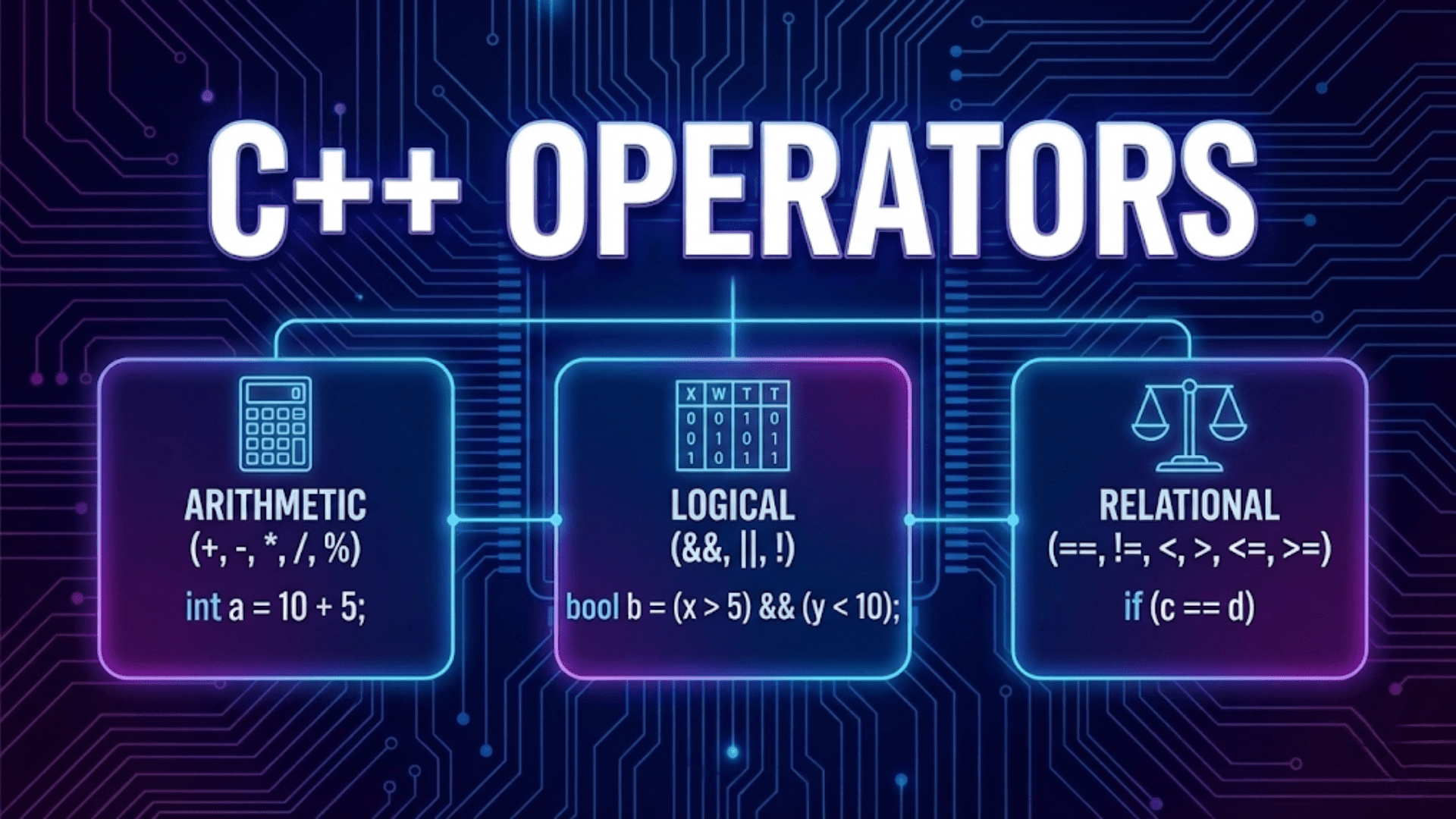In the realm of 3D printing, particularly within Fused Deposition Modeling (FDM) technology, the Bowden tube plays a crucial role in facilitating smooth and reliable filament extrusion from a distance. Unlike direct drive systems where the extruder is directly attached to the print head, Bowden setups separate the extruder motor from the print head, connecting them with a flexible tube known as the Bowden tube. This article explores the importance, function, and maintenance of the Bowden tube, and how it influences the performance and capabilities of a 3D printer.
Importance of the Bowden Tube in 3D Printing
Reduced Print Head Weight: By relocating the motor to the frame of the printer, the Bowden tube significantly reduces the weight of the print head. This reduction allows for faster movement and less mechanical wear during printing, enhancing print speed and quality.
Increased Print Speed: Lighter print heads can accelerate and decelerate more quickly, reducing the time required for each print and improving overall productivity without sacrificing detail.
Improved Print Quality: With less weight to move, there is reduced vibration and inertia, leading to cleaner prints with finer details, especially on overhangs, corners, and sharp turns.
Flexibility with Filament Types: The Bowden setup can handle a variety of filament types. While it excels with rigid materials, advancements in tube and extruder design have also made it possible to print with flexible filaments.
Components of a Bowden Tube System
Tube Material: Typically made from PTFE (Polytetrafluoroethylene) or other low-friction materials, the Bowden tube allows the filament to slide through it with minimal resistance and wear.
Connectors and Fittings: These components secure the tube to the extruder and the hotend, ensuring a tight fit that prevents filament leakage or shifting during printing.
Extruder: In a Bowden setup, the extruder is typically mounted on the printer’s frame and pushes the filament into the tube. It must provide consistent pressure to ensure steady filament flow.
Hotend: The hotend receives the filament from the Bowden tube and melts it before extrusion. It must be precisely aligned with the tube to prevent jams and ensure accurate filament deposition.
Installation and Configuration of the Bowden Tube
Correct Length: The length of the Bowden tube should be as short as possible while allowing full movement of the print head across the entire build area. Excessive length can lead to filament buckling and extrusion issues.
Secure Fittings: The tube’s connectors must be securely fastened to prevent the tube from popping out during printing, which can lead to failed prints and possible damage to the printer.
Tube Pathing: Ensuring the tube has a clear, unobstructed path without sharp bends will minimize resistance and wear on the filament as it moves through the tube.
Maintenance and Optimization of the Bowden Tube
Regular Inspection: Check the tube for signs of wear, such as kinks, flattening, or internal filament residue build-up, which can increase friction and hinder filament movement.
Cleaning: Occasionally, the inside of the tube should be cleaned to remove any filament residues or debris. This can usually be done with a small brush or by pushing a cleaning filament through the tube.
Replacement: Over time, the Bowden tube may need to be replaced due to wear or damage. Keeping a spare tube on hand can prevent downtime and ensure continuous operation.
Lubrication: Some users apply a light layer of lubricant inside the tube to reduce friction. If done, it should be compatible with the tube material and the filament used.
Challenges and Considerations
Flexibility with Filament: While Bowden setups excel with stiff, smooth filaments like PLA and ABS, they can struggle with very flexible or sticky materials like TPU or filament with high friction surfaces.
Retraction Settings: Bowden systems often require increased retraction settings to combat oozing and stringing due to the longer distance between the extruder and the hotend. Fine-tuning these settings is key for clean prints.
Temperature and Speed Adjustments: Due to the mechanics of a Bowden setup, slight adjustments in extrusion temperature and print speed may be necessary to account for the delay in pressure response from the extruder to the hotend.
The Bowden tube is a significant component in 3D printing that offers a balance between speed, precision, and quality. By understanding the installation, maintenance, and optimization of the Bowden tube, users can significantly enhance the capabilities of their printers. This setup is particularly beneficial for applications requiring high speed and detailed printing, making it a popular choice among enthusiasts and professionals alike who seek to push the boundaries of what their 3D printers can achieve.








